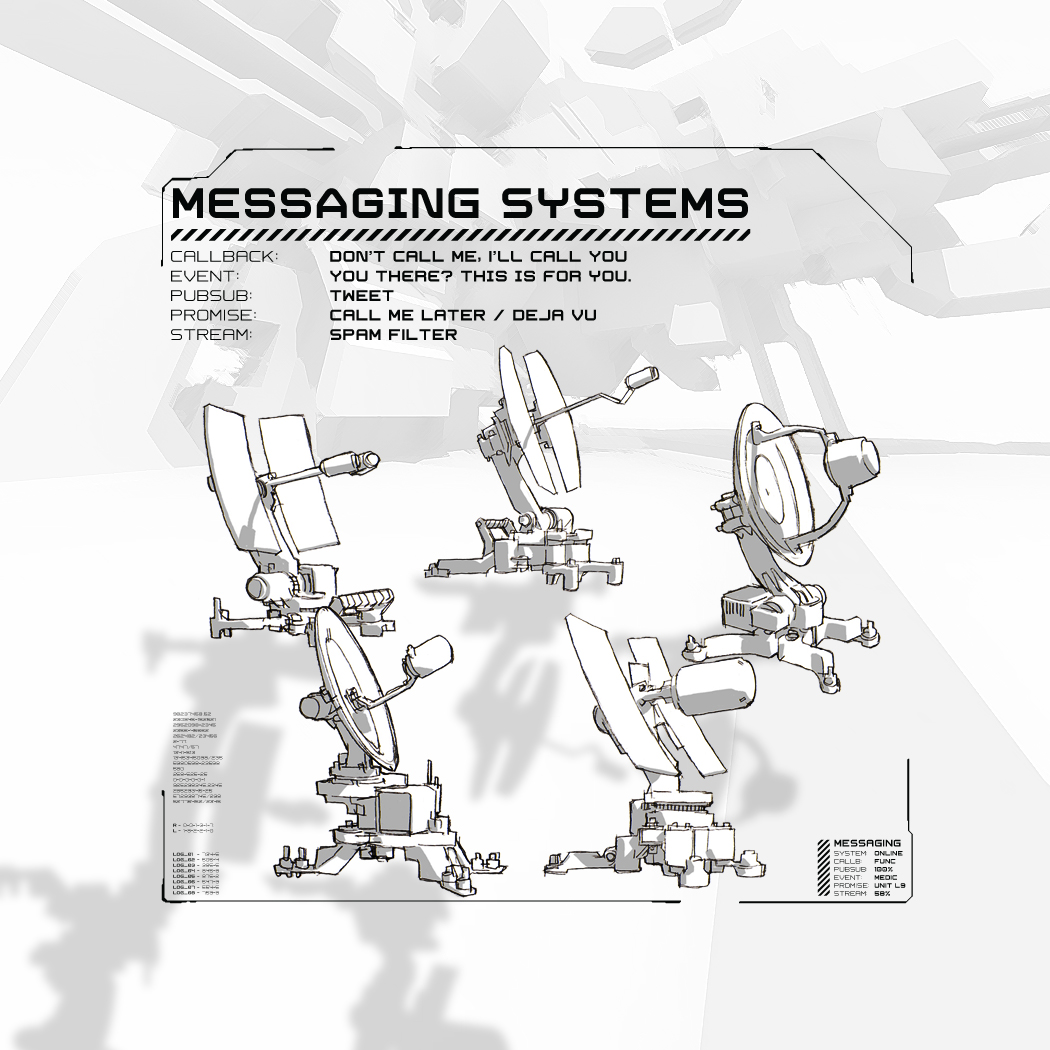Introduction
The last tech I got to have fun with on my vacation was MongoDB. It’s a NoSQL database, meaning, it doesn’t use the common SQL. It stands for “Not Only SQL”, but they market it to people like me so I call it “No SQL thank god”. Instead, it stores JSON objects which it calls documents. They’re stored as BSON: binary JSON.
Given my recent delusions of grandeur once I got login in Node + deployment of Node working, the world was my oyster, so I dove headlong into Mongo. Once I learned how to navigate to the real documentation, I felt right at home.


